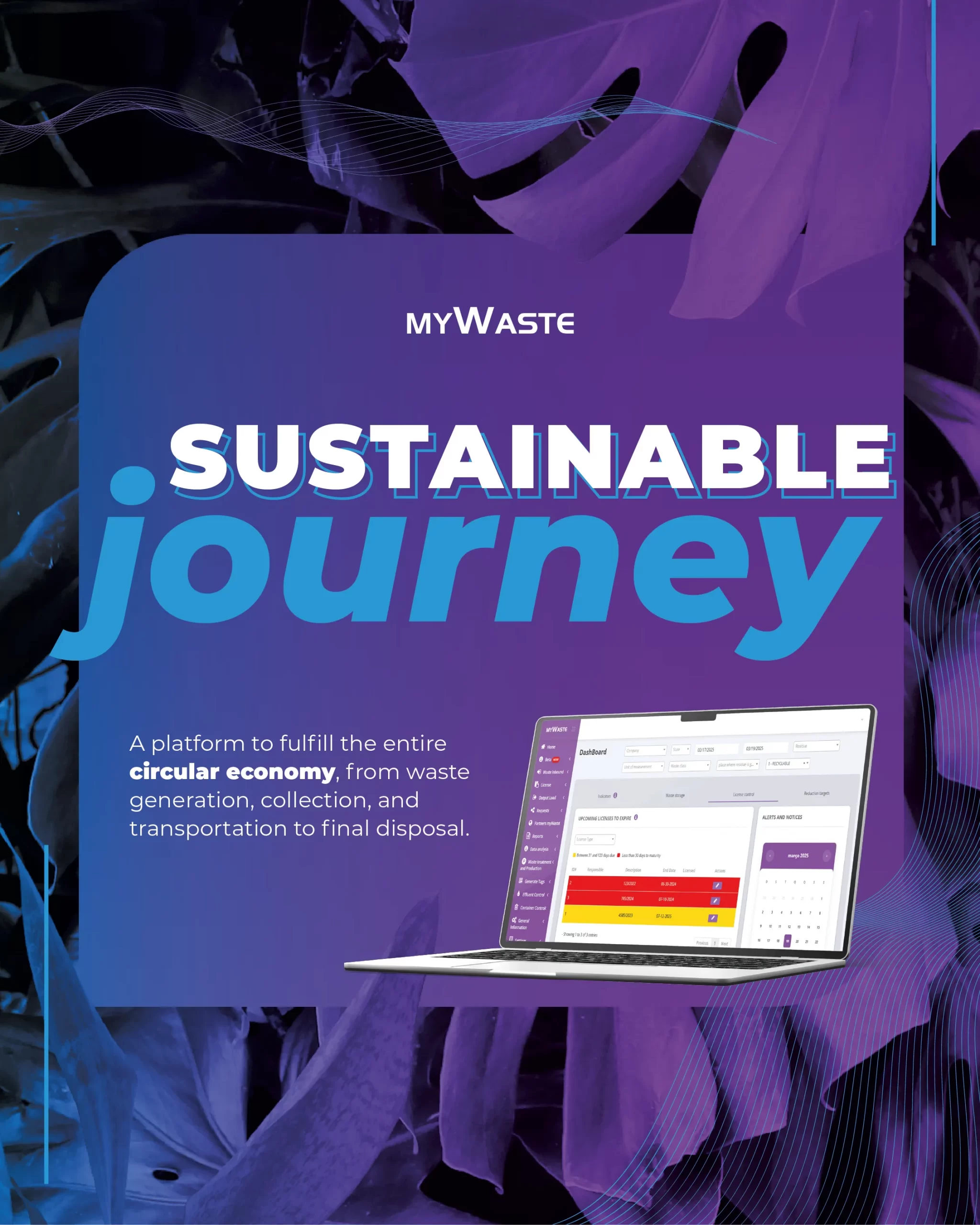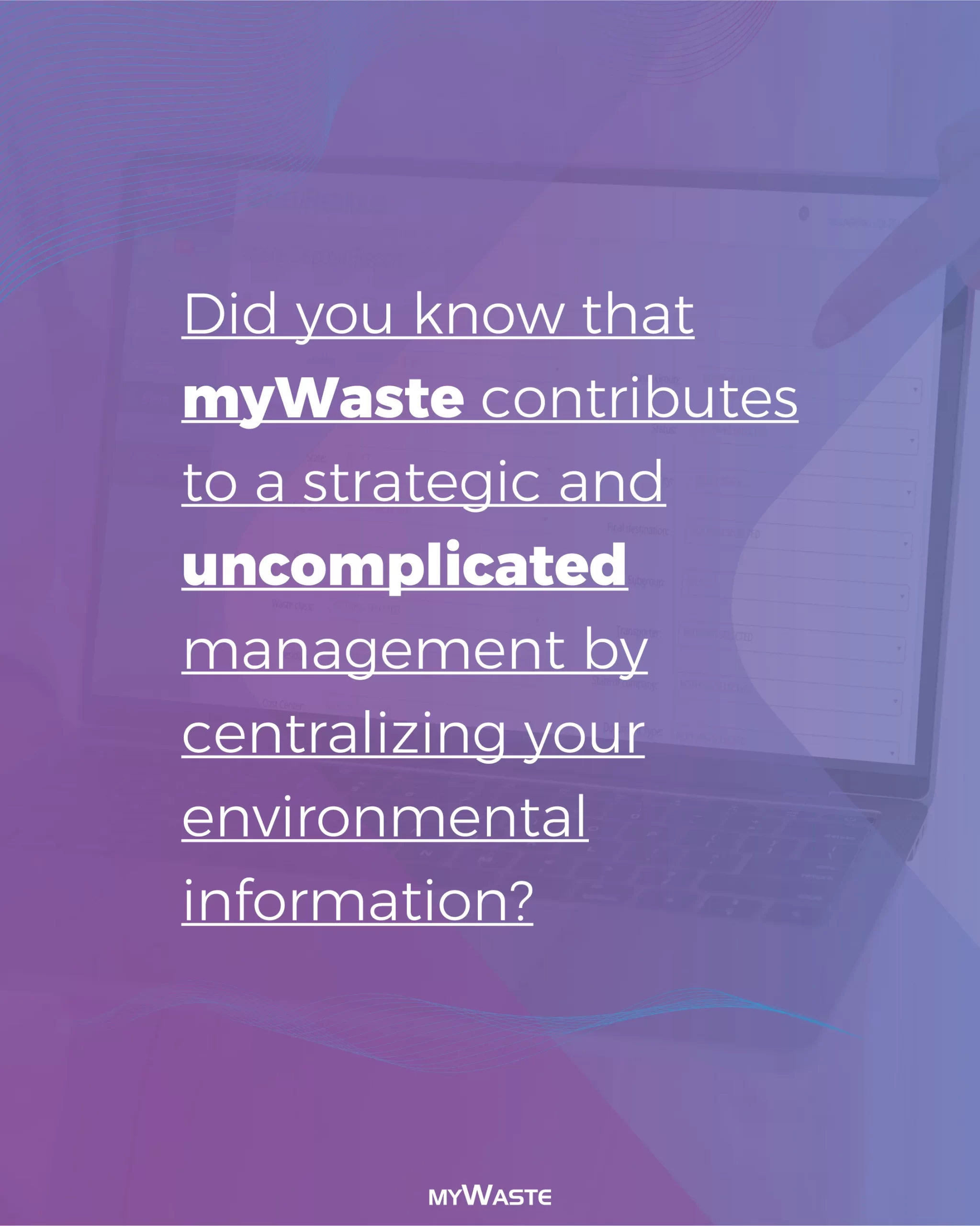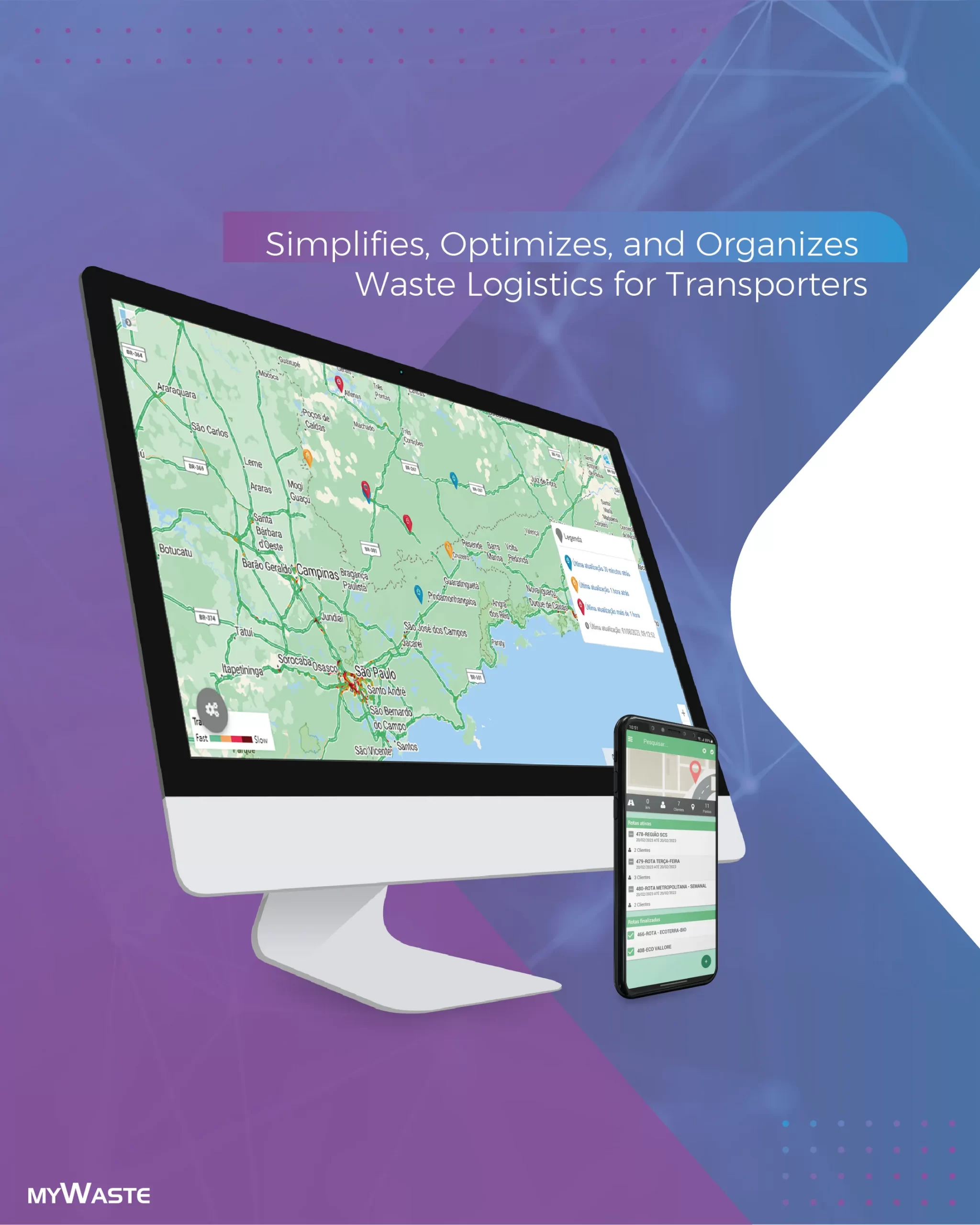
More than 100 billion tons of resources get in the economy every year – everything, from metals, minerals, and fossil fuels to organic matters form plants and animals. And only 8,6% are recyclable and used again. The use of resources tripled since 1970 and can double again until 2050 if things continue like they are. We would need an Earth and a half to keep in a sustainable way our current level of resources usage.
This rampant consumerism has devastating effects for human beings, wild life and the planet as a whole. It is more urgent than ever to change from a linear model of economy – in the use and throw away style – for a circular one: in which the waste and the pollution are eliminated, the products and the materials are maintained in use for a longer time and the natural systems can regenerate. A circular economy, however, is not only about repairing the environmental problems: evidence show that the model can bring big opportunities and positive impacts for industries, sectors and lives.
A bigger number of companies, governments and organizations from the civil society have gathered to conduce this change through the Platform to Accelerate the Circular Economy. More than 200 specialists from 100 organizations helped to develop the Action Agenda of the Circular Economy, a set of publications that analyze the potential impacts and actions in five key sectors: plastics, textile, electronics, food and equipment (machines and tools of high proportions, like medical scanners, agricultural equipment and industries infrastructure). The Action Agenda demonstrates five opportunities associated to the change to a circular economy.
Making a better use of finite resources
The concept of circular economy refers to making a better use of natural resources like the forests, the soil, the water, the air, the metals and minerals.
Take as an example the textile industry. Every year it is used big quantities of fossil fuels to produce clothes from synthetic fibers. The textile production (including the cotton cultivation) uses almost 100 billion of cubic meters of water per year, approximately 4% of the fresh water global consumerism. At the same time, people throw away clothing parts still useful that together add up a value estimated in US$ 460 billion per year.
Creating a model of circular economy for textiles means to change to recycled and recyclable materials, in order to reduce the quantity of soil, water and fossil fuels used to produce new clothes. It means to change the consumerism patterns to reduce the purchase of new clothes and keep the clothes in use for a longer time – for example, developing the trades for renting and purchasing used clothes and changing the culture of the fast fashion. The research suggests that the purchase of 100 used clothing parts can substitute the production of 85 new parts. And, lastly, it means to guarantee that, in the end of its lifespan, the clothes are collected and recycled or reused in the production of other parts, reducing even more the use of resources.
Reducing the emissions
Around 45% of the global emissions of greenhouse effect gases come from the use and manufacture of products and food production. Strategies of circular economy that reduce our use of resources can diminish the global emissions of greenhouse effect gases in 39% (22,8 billion of tons) and develop a crucial role in the prevention of the most severe impacts on the climate changes.
Changing to recyclable materials, for example, would soften the necessity of plastic and synthetic fibers production, what would represent a meaningful reduction in the use of fossil fuels and on the emission associated to them. Changing the consumerism patterns is also essential: if we double the average level of times that some clothes are used, for example, the emission of greenhouse effect gases form the textile industry would be 44% less.
To create a circular economy for the food sector, reducing the loss and the waste, is particularly important to reduce the emissions: if the food loss and waste were a country, it would be the third largest emissary after United States and China.
Protect the human health and the biodiversity
Every year, there are more than 9 million deaths due to the air, water and soil pollution. This pollution also threats the biodiversity.
Working for a change for a circular economy helps to protect the human health and the biodiversity in many ways, including to make a better use of natural resources (which helps to protect the water and the soil) and to help to mitigate the climate crisis. One of the most clear and direct impacts of a change for a circular economy will come as how we deal with the products in the end of their lifespan.
The world produces around 300 million tons of plastic waste per year, almost the equivalent of the whole population waste. These tons add up to other 54 million tons of electronic waste, of which 17,4% are collected and recycled. These wastes become dangerous to the human health and to the biodiversity when they are mismanaged, leaking into the environment, or discarded through open fires, landfills or recyclable process substandard.
Projecting products to be maintained in use for a longer time reduce the quantity of produced waste. The creation of adequate collecting and processing systems protect the workers and the environment from dangerous materials. Using solutions already existent, like substituting the plastic for other materials, projecting the plastics so that they can be recycled easier and increasing the material collection and recycling could reduce the plastic wastes that end up in the oceans in 80% in 20 years – a change that would be extremely benefic to the human health and to the biodiversity.
Boost the economies
Researches show that while it reduces the waste, stimulates the innovation and creates jobs, the circular economy represents an economical opportunity of US$ 4,5 trillion. New businesses models focused on models of reusing, repairing, remanufacturing and sharing create meaningful opportunities of innovation.
A circular economy to the plastics, for example, offer considerable economical benefits. Less plastics in the oceans would benefit sectors like fishing and tourism, once the pollution by plastic represents currently US$ 13 billion in costs and economical losses every year. Reducing the pollution and the toxic emissions originated by the plastic waste open fires would diminish the costs with health, while the reduction on the use of fossil fuels in the production of plastic would help to mitigate the climate changes and their associated costs.
Many of these benefits and economical opportunities are indirect, long-term and demand meaningful investments. A long-term vision is essential, as well as a short-term one incentives to initiate the change. This process can include politics that generate immediate financial incentives so that companies develop innovating businesses models and allow an efficient flow of recyclable and reused materials between global value chains.
Create more and better job opportunities
The transition for a circular economy could generate a net increase of 6 million job opportunities until 2030. Making the most of this opportunity will demand an explicit focus in environmental and social justice.
Through the process, jobs in more linear businesses model can be lost; however, new jobs will be created in areas like recycling, repairing and rental services or in new companies that will emerge promoting innovative uses of reused materials. These new jobs can not be considered direct substitutions, because they can be in different places and demand different abilities. It is necessary to consider, for example, the million of workers from the clothing sector – mainly women – whose job depends on the continuation of the fast fashion industry. Investing on a fair transaction through a dialogue with society and through social and requalification programs is essential.
Although a net increase in the quantity of jobs is important, another aggregated value of circularity is the opportunity to offer formal job and better conditions for informal workers. Around 15 million people in the whole world work as “collectors”, recovering reusable or recyclable materials from the garbage. Bringing these informal collectors for the formal job of collecting or recycling is a big opportunity to offer safer jobs.
The five areas of impact mentioned show some of the social, environmental and economic benefits of a circular economy, but materialize them will demand ambitious actions. Governments, companies, civil society, financial institutions, researching organizations – all of them have a role to develop.
Source: https://wribrasil.org.br/pt/blog/clima/5-oportunidades-geradas-por-uma-economia-circular
RELATED POSTS:



